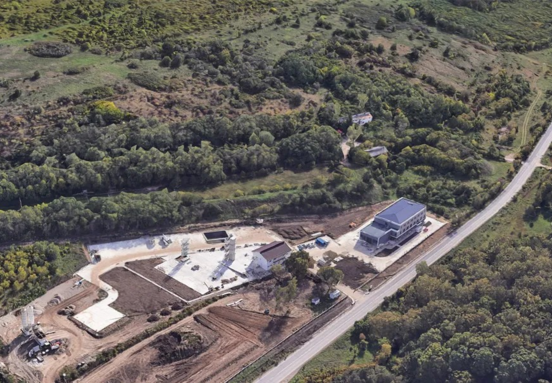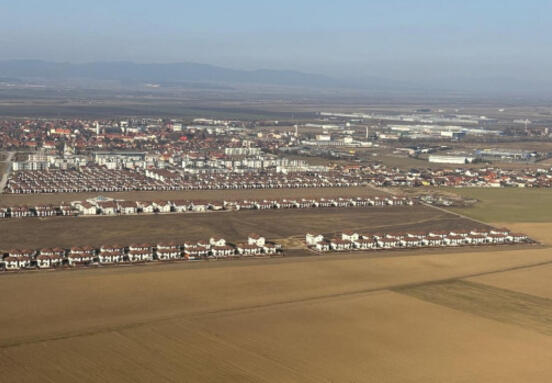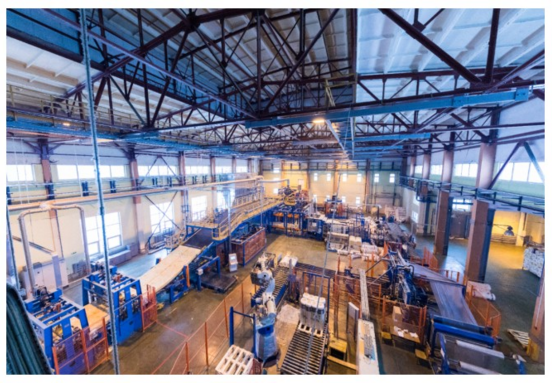Fitch Ratings has affirmed Romania’s Long-term foreign and local currency Issuer Default Ratings at ‘BBB-’ and ‘BBB’, respectively, a press release informs. The Outlook on both ratings is Stable. Fitch has also affirmed Romania’s Short-term rating at ‘F3’ and Country Ceiling at ‘BBB+’.
“Romania has consolidated its public finances successfully under two consecutive international financial assistance programmes. In June 2013 the European Commission decreed Romania’s exit from the Excessive Deficit Procedure after it reduced its general government deficit to 2.9 per cent (in line with the BBB median) from 5.6 per cent in 2011”, said the rating agency. Fitch expects the government to meet its medium term objective of a structural deficit of 1 per cent of GDP in 2014. “After rising to 38 per cent of GDP in 2012 from 13 per cent in 2008, gross general government debt is expected to stabilise under 40 per cent in 2013-2015, in line with the category median”, Fitch analysts estimate.
Romania ran a current-account surplus equivalent to 1.1 per cent of GDP in H1. Fitch projects that the current account will be close to balance in 2013, a notable improvement from average deficits of 11 per cent of GDP in 2005-2008. The agency believes that this improvement is partly cyclical, and that a projected recovery in domestic demand will produce current account deficits in 2014-2015, albeit at lower levels than the pre-crisis norm. This would be consistent with a falling net external debt ratio, although at a projected 27 per cent of GDP in 2015, this will still be considerably higher than the category median.
According to Fitch, Romania possesses buffers in the form of a fiscal reserve in foreign currency worth around 4.6 months of gross public borrowing requirement; international reserves worth nearly seven months of current-account payments; adequate capital ratios in the banking sector; and various precautionary financing lines from multilateral institutions. Fitch judges that these would be sufficient to withstand a significant degree of market turbulence.
Fitch has raised its forecast for GDP growth in 2013 to 2 per cent, and projects that growth will pick up moderately in 2014-2015. Nevertheless, average GDP growth appears insufficient to reduce meaningfully the gap with average EU incomes. “This is because of lingering bottlenecks in the Romanian economy, namely inefficient state-owned enterprises (SOEs) in key sectors such as transport and energy, and underperforming healthcare and public administration”, according to Fitch. In late July Romania, the IMF and the EU concluded the outline of a new precautionary financing deal that is likely to focus on the implementation of structural reforms in the aforementioned areas.
The banking sector remains well capitalised and supervised, and has returned to profitability. Fitch does not judge it to represent a significant contingent liability for the sovereign. Nevertheless, the non-performing loan (NPL) ratio is high at 20.9 per cent in July 2013 and has yet to peak, although the pace of NPL creation has slowed and prudential provisions fully cover the NPL stock, according to data from the National Bank of Romania. The absence of an effective framework to clean up banking balance sheets combined with ongoing deleveraging impairs monetary policy transmission and represents a significant obstacle to the resumption of credit growth.
On the other hand, Fitch assumes that the eurozone economy, Romania’s largest trade partner, will continue to recover gradually in line with the agency’s forecast. (source: nineoclock.ro)






